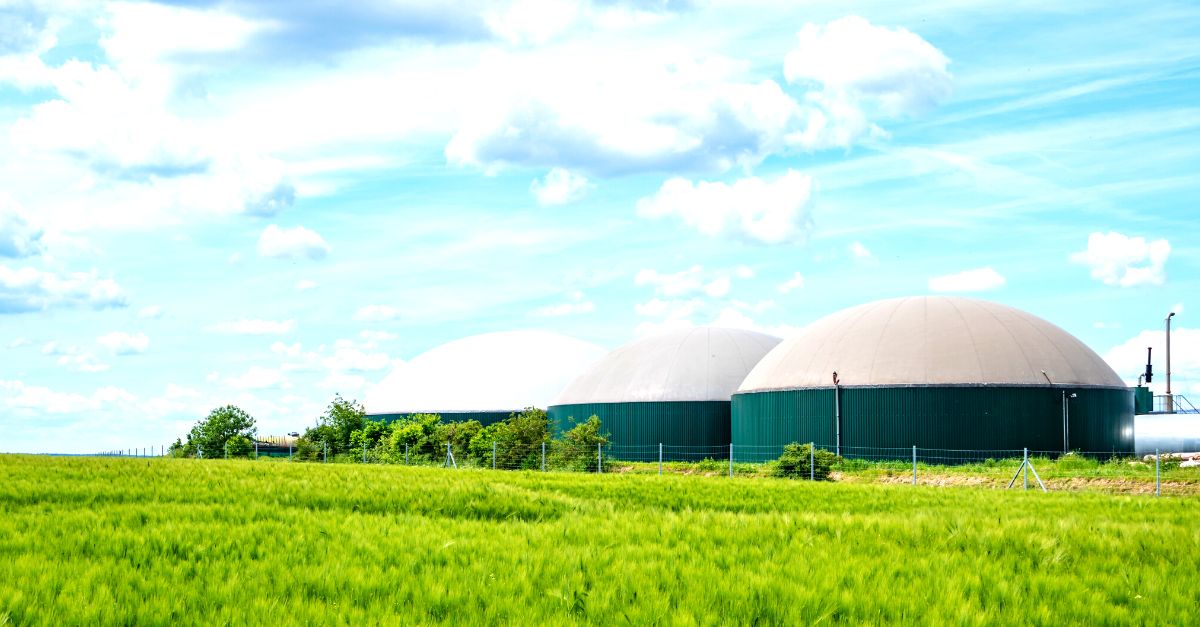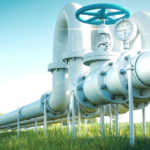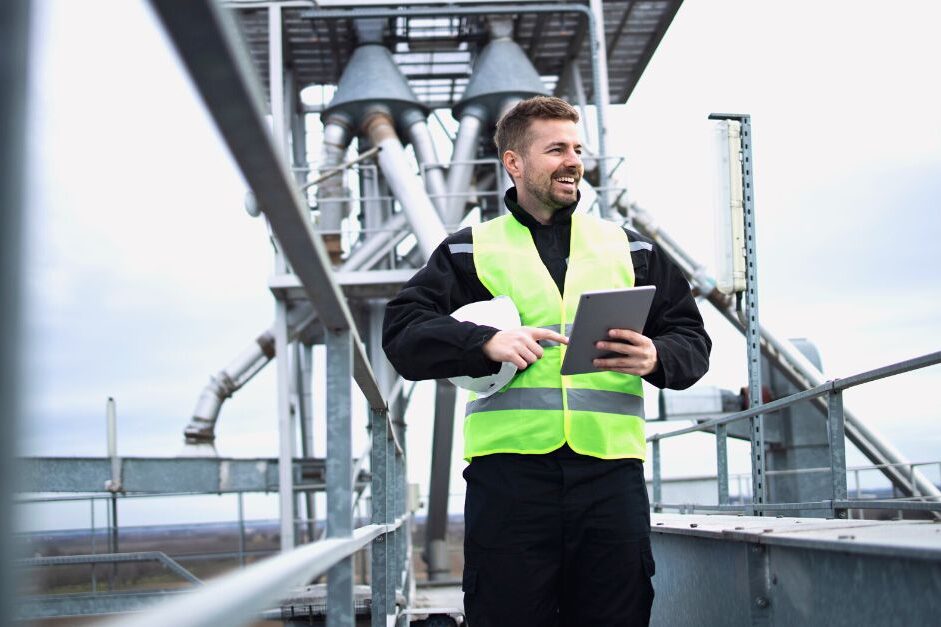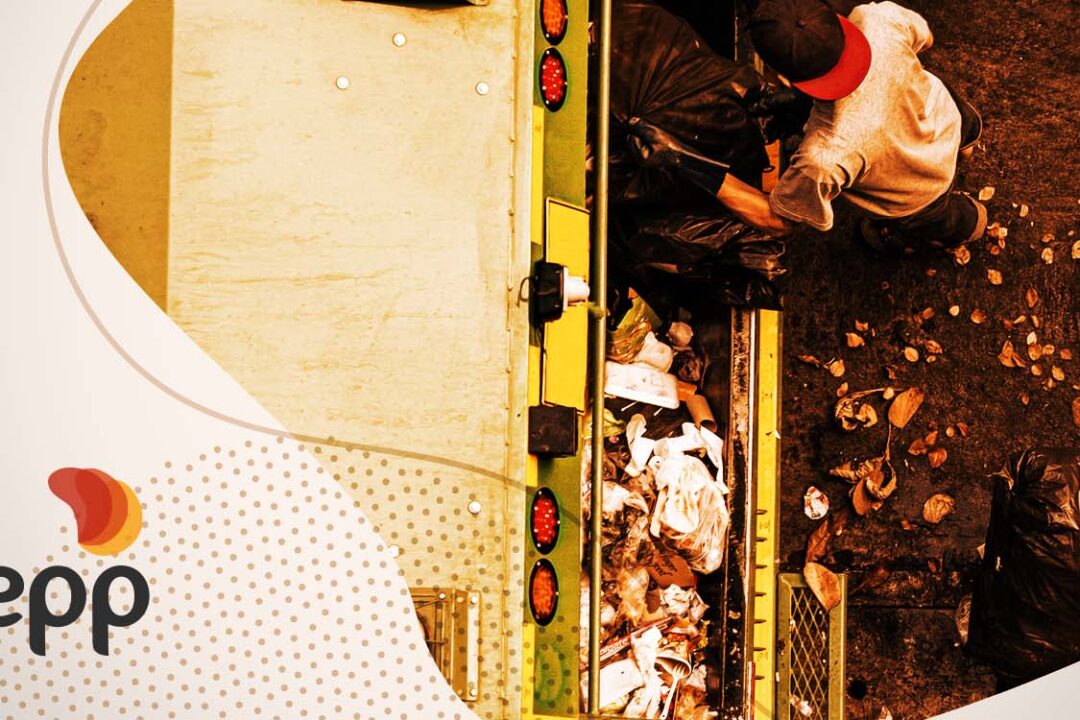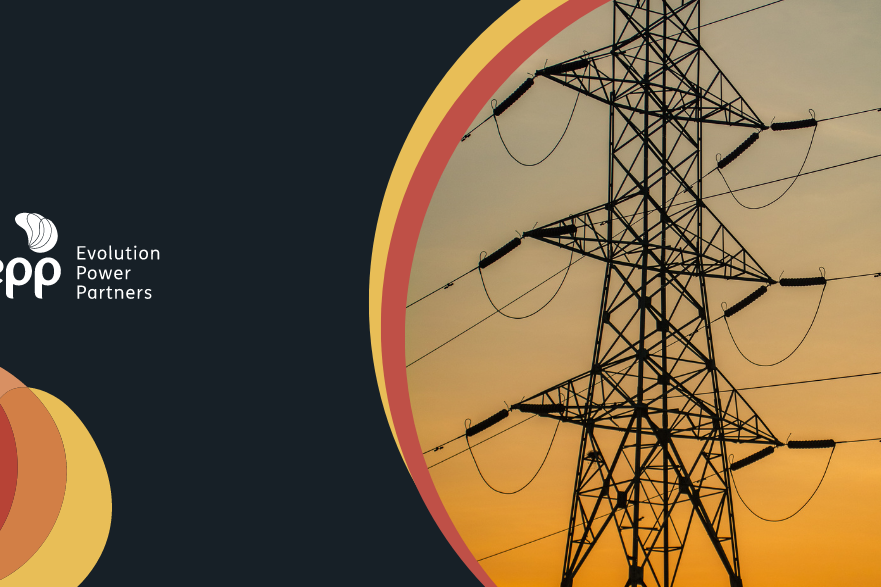The volume of biogas produced in Brazil should increase 15 times by 2030, projects the Brazilian Association of Biogas (ABiogás).
Although still small, the Brazilian biogas market has increasingly received investments from large fuel companies. Biogas is a mixture of carbon dioxide and methane used to generate electricity and fuel.
It is a renewable gas generated from organic materials, such as food waste, sewage sludge and agricultural waste, which decompose naturally. In the agricultural process, for example, in addition to producing biogas, the result generates organic fertilizer, which can be used to increase agricultural production.
Obtaining biogas in Brazil has been marked by a tenfold growth in the last ten years. And, in the next eight, industrial investments should reach R$ 60 billion, mainly on the part of sugar-energy plants, projects Abiogás.
What are the expectations for biogas growth?
According to ABiogás, biogas production could reach 17 GW of installed capacity, if the entire production potential is explored, which is around 120 million m³ per day. In 2021, the amount generated was only 2.3 million, produced by 755 plants in operation. Compared to 2020, the increase was 10%.
For 2022, a growth of more than 20% is expected, with the inclusion of 56 new plants, which could exceed 2.8 million m³ produced. Growth expectations are quite positive, since the source is abundant in the country, renewable and has no intermittency. Another positive point for growth is the importance of diversifying the energy matrix, reducing dependence on hydroelectric and thermoelectric plants, in addition to strengthening clean sources.
Going beyond energy generation, with the growth of biogas and the reduction in the use of other sources, the country can reach the target agreed in the Global Methane Agreement, avoiding the release of 8 million tons of CO2 into the atmosphere.
By 2030, Brazil could reach the mark of 30 million m³ of biogas per day, leveraging the decarbonization of important sectors of the economy, such as agriculture, industry and transport. This gas also reduces fuel costs, since the price is not linked to the dollar or pegged to oil.
Growth and obstacles
At the same time that the market is optimistic about the growth of biogas and biomethane, sector representatives charge the Ministry of Mines and Energy and other government entities for greater legal certainty and greater freedom of commercialization of energy produced from biomass, which is still limited by the federal government.
One of the points in question is the difficulty in distributing the fuel in the country, which still prevents large investments. This lack of connection in many regions means that gas is produced and consumed in the same region, preventing the market from developing in all parts of Brazil. For example, there are consumer companies that want to buy biogas and biomethane to reduce their pollution rates, but there is no gas to sell.
Eva Energia transforms landfill and agribusiness waste into 100% renewable and low-cost electricity, offering the right solution to treat environmental liabilities and facilitate the transition of companies’ energy matrix. With plants in Rio de Janeiro, São Paulo and Mato Grosso, Eva has around 20MW of installed capacity and the certainty that it offers the right solution to deal with environmental liabilities and support the energy transition of companies of different sizes and sectors.
According to ABiogás, all regions have production potential, mainly in the agribusiness sector, with emphasis on São Paulo, Minas Gerais and Goiás. But, for the full potential to be used and reach 17 GW of power, the government needs to find the most advantageous way to take advantage of the potential, whether investing in the construction of gas pipelines and developing logistics or giving incentives to distributors and companies expand projects. And you, are you already investing in biogas?
